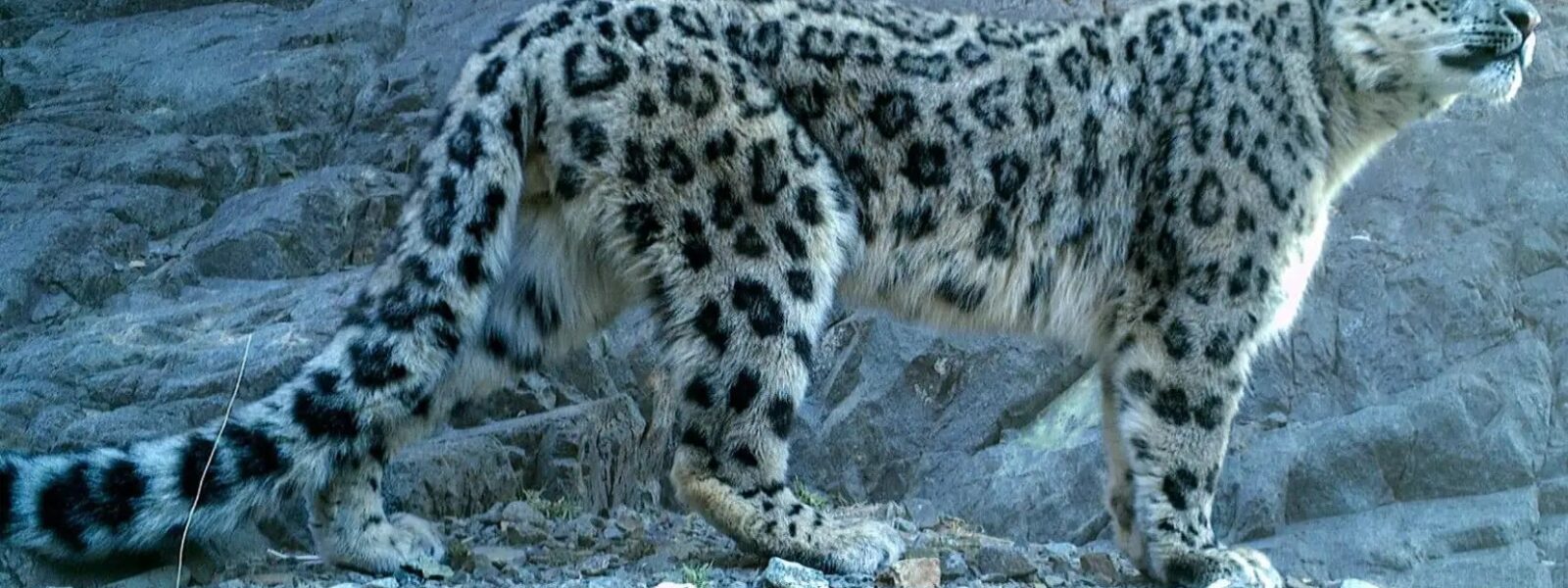Ladakh, often referred to as the “Land of High Passes,” is one of the most awe-inspiring regions in India. Known for its towering mountain ranges, shimmering lakes, remote valleys, and vibrant cultural heritage, Ladakh is a paradise for photographers. Combining trekking with photography offers a unique opportunity to capture the majestic landscapes of Ladakh while immersing yourself in its serene and untouched beauty. Whether you’re an adventure photographer or a lover of vast natural scenery, Ladakh has something for every lens.
Why Ladakh is a Paradise for Photographers
Ladakh’s landscape is like no other—deserted yet full of life, harsh yet breathtakingly beautiful. Its rugged terrain, high-altitude lakes, and vast stretches of desert offer unmatched opportunities for landscape photography. The stark contrast of blue skies, white snow-capped peaks, and brown valleys make Ladakh a photographer’s dream.
Additionally, Ladakh’s unique culture, reflected in its ancient monasteries and festivals, provides rich material for cultural photography. When you’re trekking through Ladakh, every turn offers a new canvas, whether it’s the dramatic light at dawn or the snow-clad Himalayas looming in the background.
“I have trekked in many parts of the world, but Ladakh’s landscapes are unmatched. The light, the mountains, and the serenity make every shot look like it’s straight out of a painting.” – Sarah K., Professional Photographer
Best Time for Photography Treks in Ladakh
Ladakh’s climate can be harsh, but that’s also what makes it magical. The ideal time for photography treks in Ladakh is between June and September when the weather is pleasant and trekking routes are open. During this period, the landscapes are alive with vibrant colors, clear skies, and accessible trekking paths.
Summer Treks: Vibrant Colors and Clear Skies
In summer, Ladakh transforms into a photographer’s paradise. The snow melts, revealing green meadows, colorful wildflowers, and crystal-clear rivers. This season is perfect for capturing landscapes, with clear skies and unobstructed views of the surrounding peaks. Sunrise and sunset photography become ideal during summer, with the mountains bathed in golden light.
Winter Treks: Snow-Covered Landscapes and the Famous Chadar Trek
For those who love snow and winter photography, Ladakh in winter offers a stark yet beautiful landscape. The famous Chadar Trek, which involves walking over the frozen Zanskar River, provides photographers with breathtaking shots of ice formations and snow-clad mountains. If you’re up for the challenge, winter treks allow you to capture the raw, untouched beauty of Ladakh’s snow-covered landscapes.
“The Chadar Trek was the most exhilarating experience of my life. Walking on the frozen river and capturing the icy wilderness made for the most surreal photographs. Every step felt like I was walking in a winter wonderland.” – Mark D., Adventure Photographer
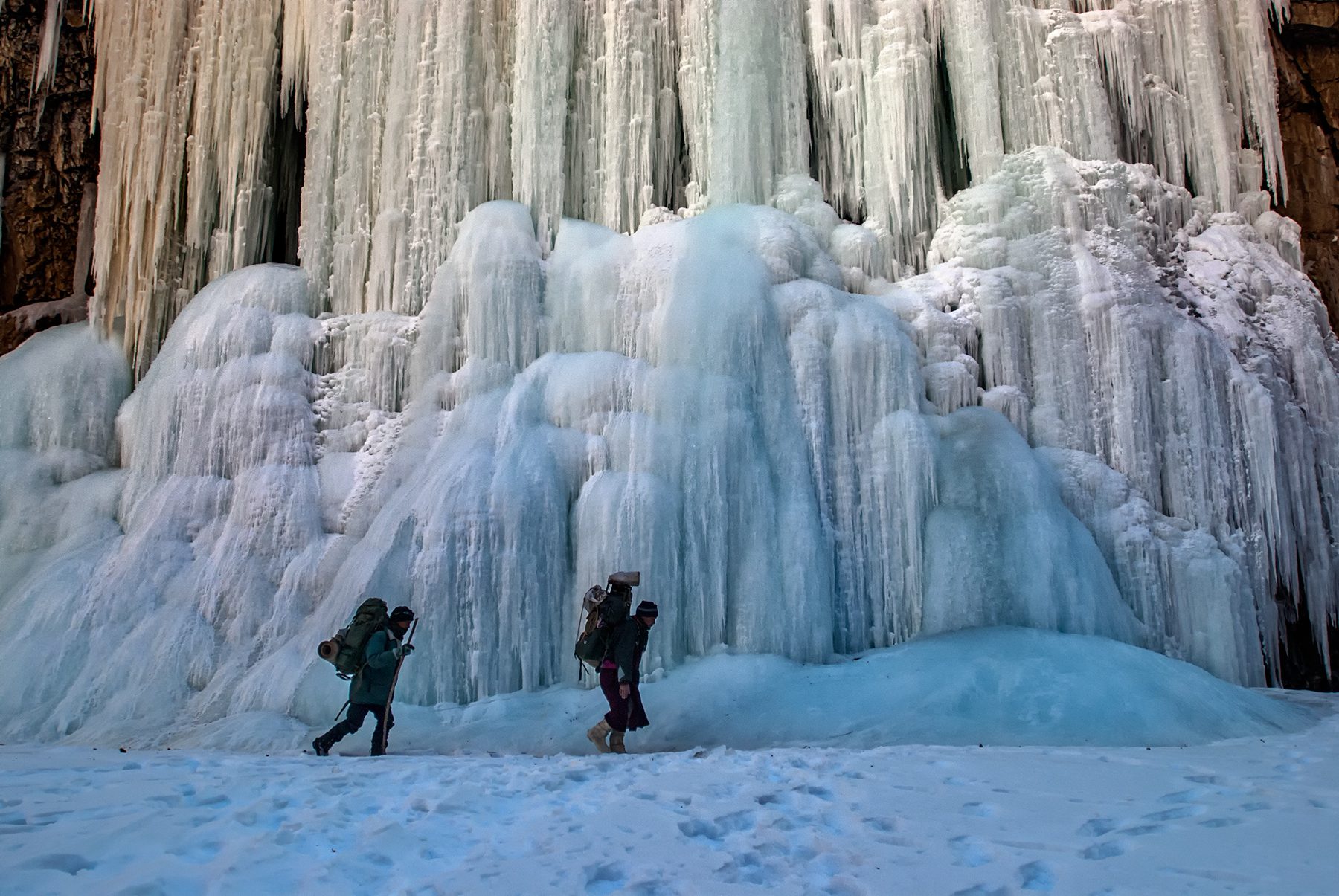
Top Photography Trekking Routes in Ladakh
Ladakh offers numerous trekking routes that are perfect for photographers, each with its own unique landscape. Whether you want to capture sprawling valleys, pristine lakes, or towering peaks, there’s a trek for every photographer.
Nubra Valley Photography Trek
The Nubra Valley is one of the most scenic regions in Ladakh, known for its breathtaking sand dunes, monasteries, and the towering Karakoram Range. The valley offers numerous opportunities for landscape and cultural photography. The contrasting colors of the desert sand, green oasis patches, and snow-capped mountains make for striking compositions.
Here, photographers can also capture wild Bactrian camels, ancient monasteries like Diskit Monastery, and local life in remote villages.
“Nubra Valley felt like a dream. From the towering sand dunes to the majestic Karakoram Range, every frame I captured told a story of contrast and beauty. A must-visit for any serious photographer!” – Emily R., Landscape Photographer
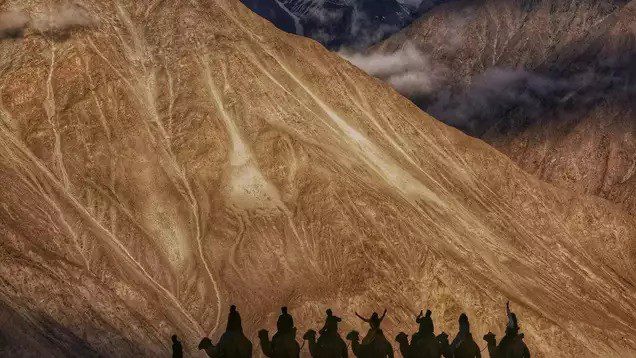
Pangong Lake Photography Trek
One of Ladakh’s most famous photography spots is Pangong Lake. The lake, with its changing hues of blue, offers a surreal backdrop for photography. During your trek, you can capture the pristine waters of the lake against the snow-capped Himalayas. The landscape around Pangong Lake is ideal for reflection shots, sunrise and sunset photography, and even night photography, with the clear skies offering perfect conditions for astrophotography.
Zanskar Valley Photography Trek
The remote Zanskar Valley offers unparalleled beauty for those looking for less-traveled paths. Its isolation makes it a pristine region for photographers. The trek takes you through rugged mountains, steep gorges, and remote villages, providing countless opportunities for landscape and cultural photography. The valley’s autumn hues are especially striking, making it an ideal time for trekking and photography.
“Zanskar Valley is pure magic. It’s remote, raw, and the landscapes are so varied. From vast open fields to narrow gorges, the photo opportunities are endless. It’s a hidden gem for photographers.” – Julian S., Adventure Trekker and Photographer
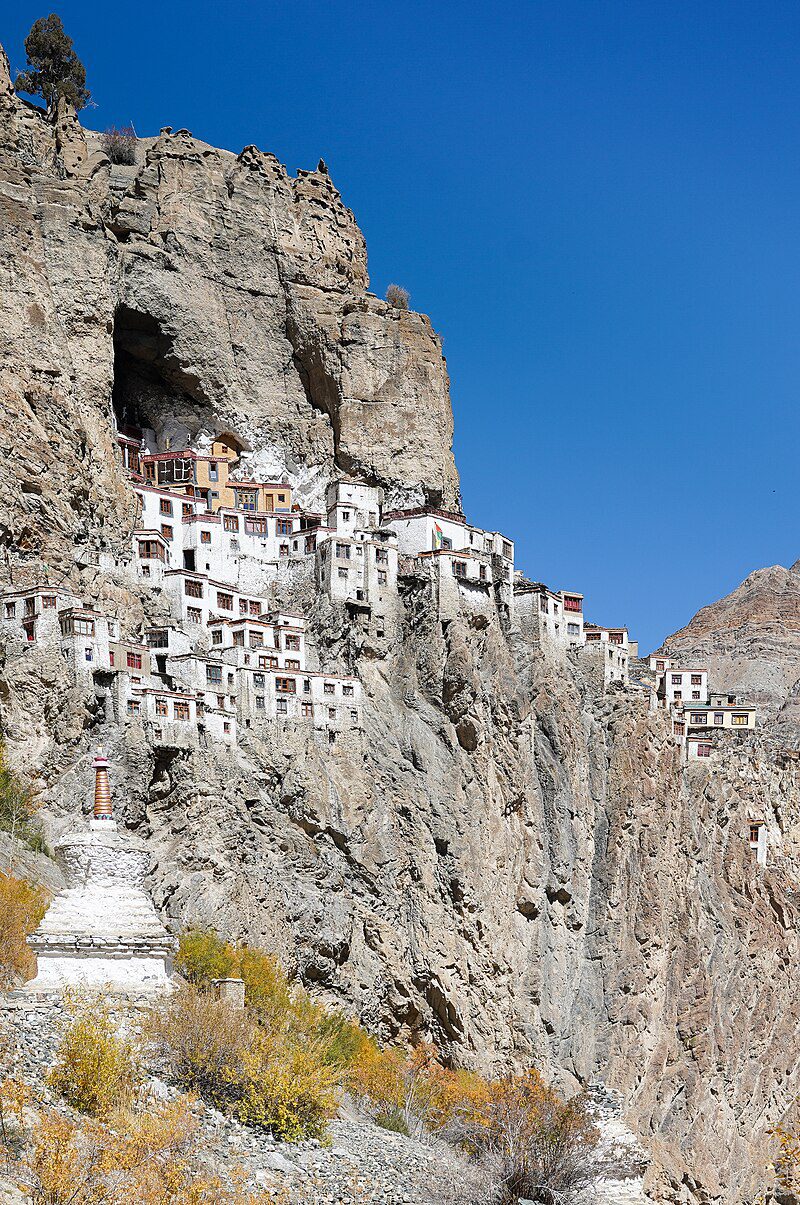
Essential Camera Gear for Ladakh Photography Treks
When trekking through Ladakh, you must be well-prepared with the right gear. High-altitude photography can be demanding, so packing light yet efficient equipment is key.
DSLR vs Mirrorless: Which is Best for Ladakh’s Terrain?
When it comes to trekking in Ladakh, mirrorless cameras may be a better choice due to their lightweight build, making them easier to carry during long treks. However, DSLRs often have better battery life, which is important in the high-altitude cold where batteries tend to drain faster.
Must-Have Accessories for Trekking Photography in Ladakh
Here’s a list of essential accessories to make your photography trek successful:
- Tripod: A lightweight tripod is crucial for long exposure shots and night photography.
- Polarizing filters: Helps reduce glare from water and enhances the deep blues of Ladakh’s lakes and skies.
- Spare batteries: The cold weather in Ladakh can quickly drain your camera batteries, so bring extras.
- Lens hood: To avoid lens flare in the intense Ladakhi sunlight.
“I was so glad I carried a compact mirrorless camera. It was light, and I could easily trek with it. My lightweight tripod made it easy to capture stunning long exposures, especially by Pangong Lake.” – Peter H., Travel Photographer
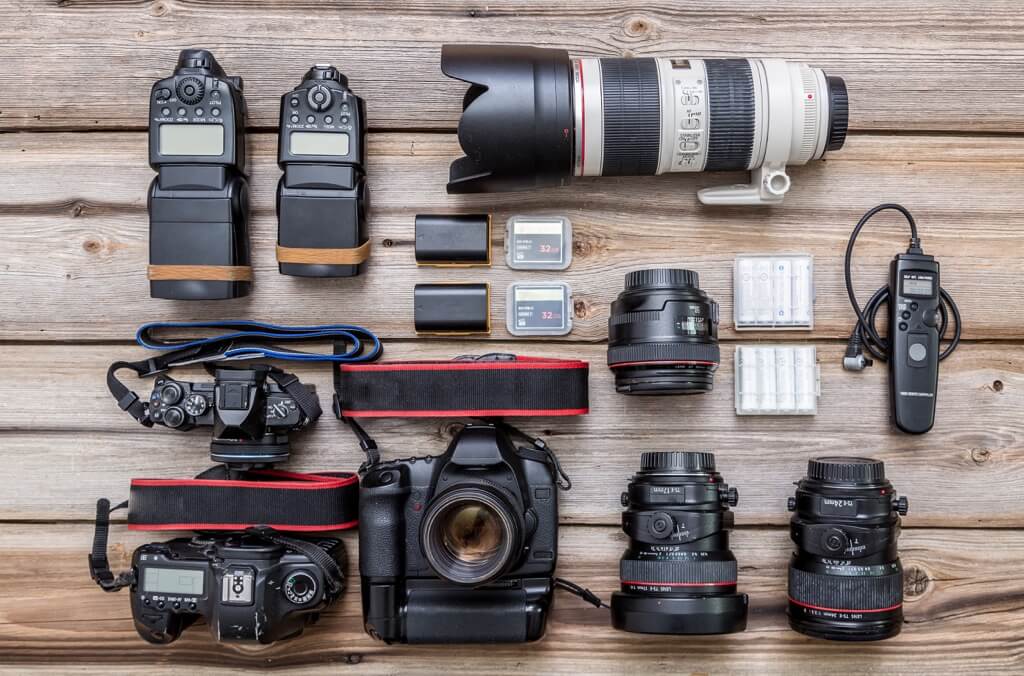
Tips for Capturing the Majestic Landscapes of Ladakh
Ladakh’s dramatic lighting, high-altitude views, and vast landscapes require thoughtful techniques to truly capture their essence.
Making the Most of Ladakh’s Dramatic Lighting
Ladakh’s altitude gives it unique lighting conditions. The sun is strong during the day, but the golden hours (sunrise and sunset) are ideal for soft, warm light that enhances the natural beauty of the landscapes. For best results, shoot during the early morning or late afternoon to capture the long shadows and dramatic light.
Framing the Perfect Shot: Composition Tips for Landscape Photography
When framing your shots, use leading lines like rivers or valleys to draw the viewer’s eye into the scene. Placing mountain peaks or monasteries at a strategic point in the composition (like the rule of thirds) can create more dynamic and engaging images. Don’t forget to include foreground elements such as rocks, flowers, or prayer flags to give depth to your photos.
Capturing Ladakh’s Rich Cultural Heritage
Ladakh’s unique culture, reflected in its monasteries, festivals, and local traditions, offers an incredible opportunity for cultural photography. From the vibrant Hemis Festival to the quiet life in remote villages, there’s plenty to capture beyond the landscapes.
Photography Opportunities at Ladakh’s Iconic Monasteries
Monasteries like Thiksey and Hemis are perfect for capturing architectural photography as well as portrait shots of monks and pilgrims. The intricate details of the monasteries, set against the backdrop of the Himalayas, offer stunning opportunities for framing and composition.
Festivals in Ladakh: A Colorful Photography Experience
Ladakh’s festivals, such as the Hemis Festival, provide an explosion of color and activity. Dance performances, vibrant costumes, and the gathering of local people offer a rich canvas for photographers interested in capturing the cultural side of Ladakh.
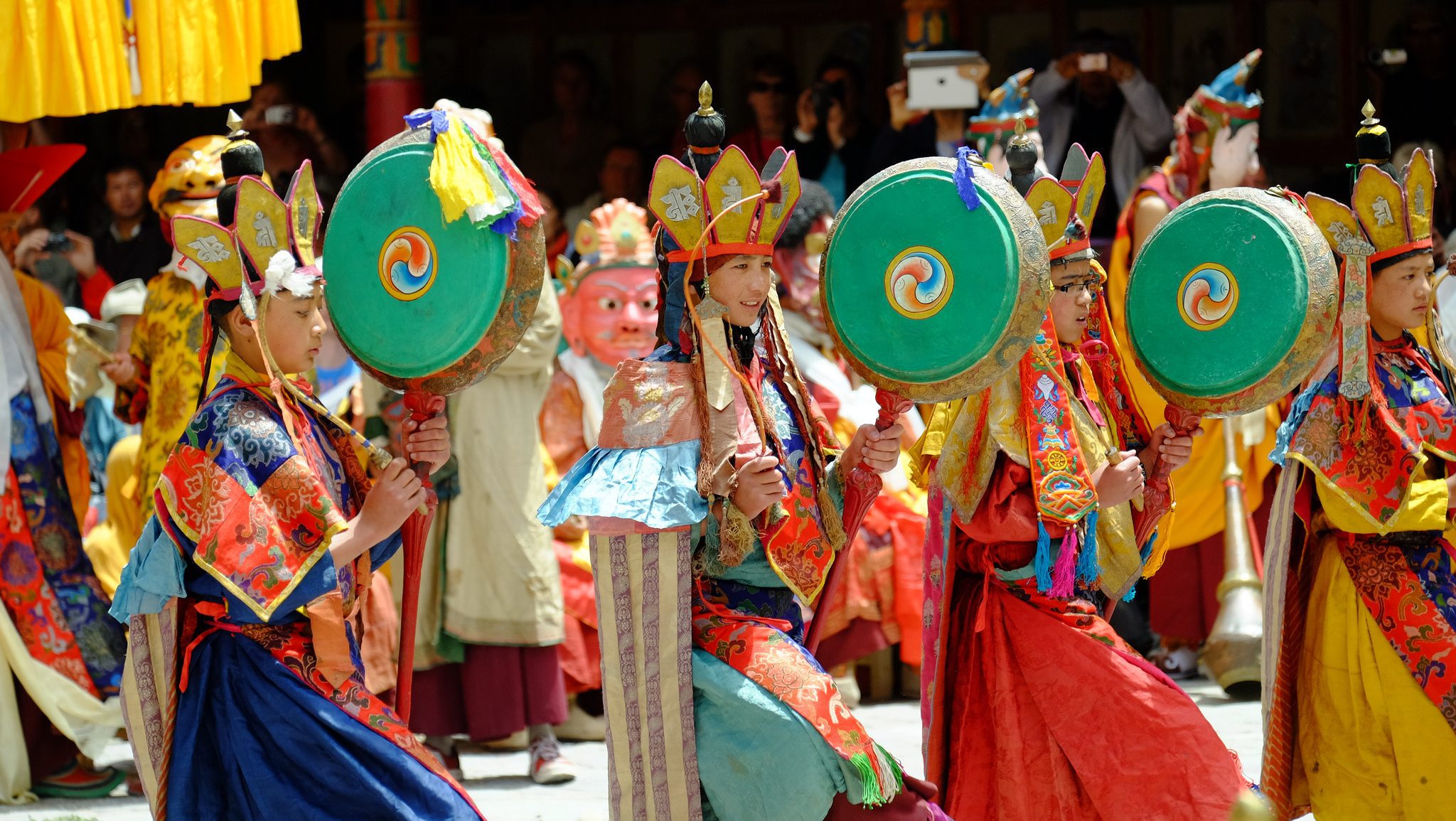
Star and Night Photography in Ladakh
Ladakh’s clear skies and high altitude make it a perfect destination for astrophotography. With minimal light pollution, the stars appear brighter, and you can even capture the Milky Way in all its glory.
Best Locations for Night Photography in Ladakh
Some of the best places for night photography in Ladakh include Pangong Lake, Tso Moriri, and Nubra Valley. These remote areas offer clear skies and open landscapes that are perfect for shooting stars.
Tips for Capturing the Milky Way and Starry Skies in Ladakh
To capture the night sky, use a wide-angle lens and a high ISO setting (1600-3200). Keep your shutter speed slow but not too long (20-30 seconds) to avoid star trails unless that’s the effect you’re aiming for. A sturdy tripod is essential for these long exposure shots.
“Ladakh’s night skies are unbelievable. I captured the Milky Way over Pangong Lake, and the clarity of the stars was unlike anything I’ve seen before. Ladakh is a goldmine for astrophotographers!” – Claire B., Astrophotographer
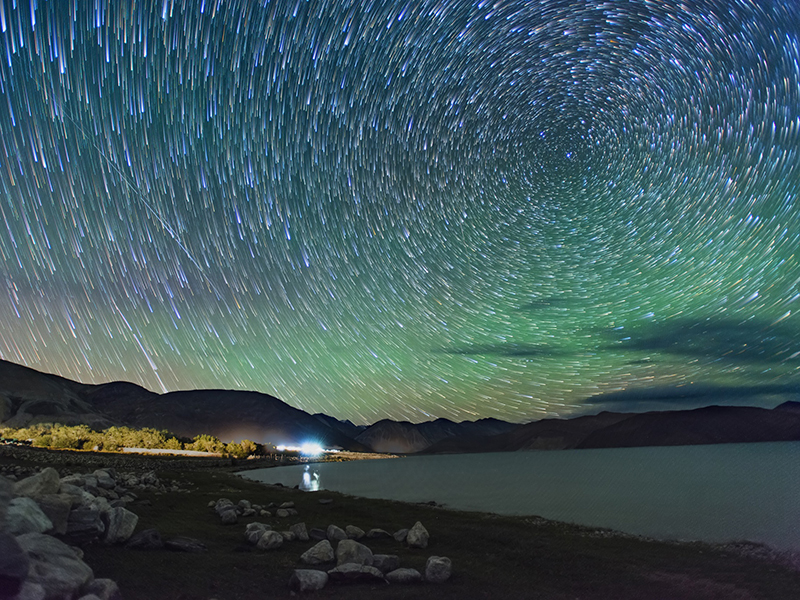
Photography Treks in Ladakh: Final Thoughts
If you’re an adventurer and a photographer, Ladakh offers the ultimate combination of high-altitude trekking and breathtaking photography opportunities. From the remote Zanskar Valley to the famous Pangong Lake, every trek offers a new and exciting canvas. Whether you’re capturing the snow-covered landscapes in winter or the vibrant colors of summer, Ladakh will provide you with memories—and photos—that last a lifetime.
Plan Your Next Photography Adventure in Ladakh
Start planning your photography trek to Ladakh and prepare to capture the unparalleled beauty of this Himalayan paradise. With its wide range of treks, dramatic landscapes, and cultural richness, Ladakh is waiting for you to explore it through your lens.
—
Q&A: Frequently Asked Questions About Photography Treks in Ladakh
Q1: What is the best time for photography treks in Ladakh?
The best time for photography treks in Ladakh is from June to September when the weather is pleasant, and trekking routes are accessible. Winter treks, such as the Chadar Trek, are also popular for those interested in snow and ice photography.
Q2: What camera gear is essential for trekking in Ladakh?
For trekking in Ladakh, it’s essential to bring a lightweight tripod, spare batteries, a polarizing filter, and either a DSLR or mirrorless camera. Ensure your gear is protected against dust and extreme weather conditions.
Q3: Can I capture the Milky Way during a Ladakh photography trek?
Yes, Ladakh’s high altitude and minimal light pollution provide excellent conditions for astrophotography. Pangong Lake and Tso Moriri are great locations for capturing the Milky Way and night skies.
Q4: Which are the top photography trekking routes in Ladakh?
Some of the top photography trekking routes in Ladakh include the Nubra Valley, Pangong Lake, and Zanskar Valley treks. Each offers unique landscapes, from sand dunes to remote villages and pristine lakes.
Q5: What are the challenges of photography in Ladakh?
The high altitude, harsh weather, and difficult trekking routes can be challenging. Photographers must be prepared for cold temperatures, thin air, and rapidly changing weather conditions.
Q6: How can I capture the cultural aspects of Ladakh on a photography trek?
Ladakh’s monasteries, festivals, and local life provide ample opportunities for cultural photography. Visiting during festivals like the Hemis Festival allows photographers to capture the vibrant traditions and customs of the region.

